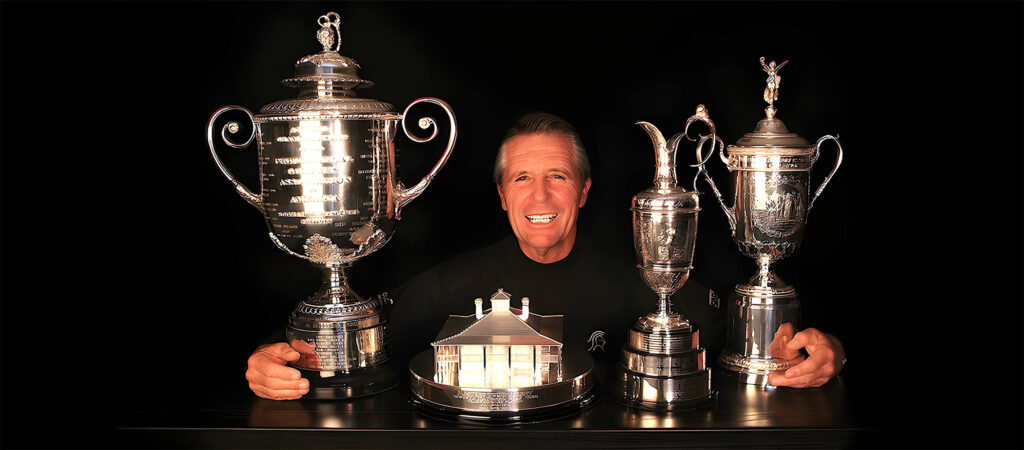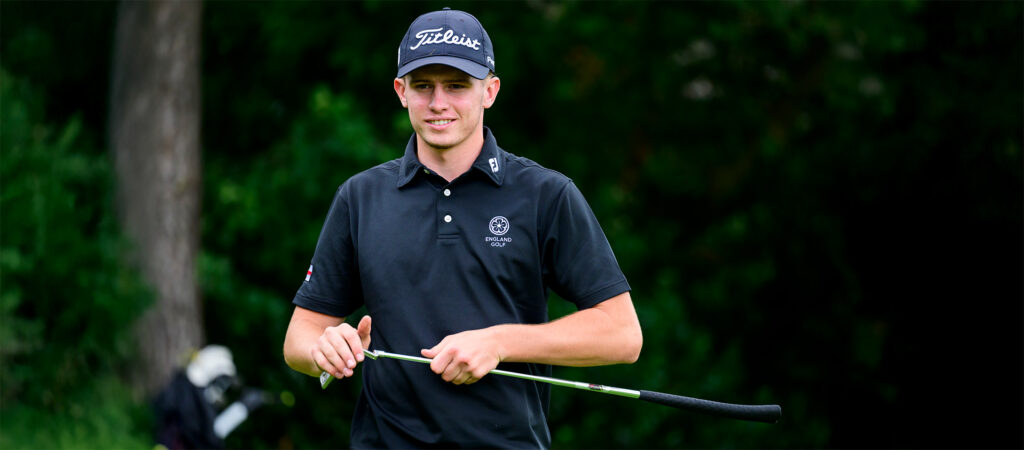When Justin Leonard sunk that 45-foot beauty at the 1999 Ryder Cup, he wasn’t just winning a match; he was etching his name into golf lore.
That unforgettable putt on the 17th hole not only sealed a historic U.S. comeback but also started a roar that I bet is still echoing somewhere in the halls of The Country Club in Brookline, Mass.
Fast forward to today, and you’ll find Leonard gearing up for another stint in team competition, this time at the Presidents Cup. It’s the sort of event that falls between Ryder Cups, where the U.S. team squares off against a band of top-tier players from everywhere but Europe.
This year, the action’s unfolding at The Royal Montreal Golf Club in Canada.
Leonard isn’t just hanging around the fringes. After spending six solid years calling the shots from the broadcast booth for Golf Channel and NBC Sports, he’s now got a new gig as one of the assistant captains for the U.S. team, led by none other than Captain Jim Furyk.
We had a chance to catch up with Leonard just before he teed up at the PURE Insurance Championship at Pebble Beach.
He spilled the beans on what it’s like stepping into the shoes of an assistant captain, how he’s tuning his game for the PGA Tour Champions, and why he swears by GolfForever to keep him swinging sweet.
GF: Of the dozen players on the team, six are captain’s picks. How difficult is it to make those picks?
JL: It’s hard. I wish we could have 15 guys on our team. Somebody is always going to be left out, somebody who is deserving of a spot. But we only have 12 spots.
People are always going to have opinions. We’re not necessarily worried about that. We’re just trying to put the 12 best players who we feel like we can put in positions for success. And it’s also dealing with a very specific golf course in Royal Montreal.
GF: You’ve accomplished so much as a player in team formats. How much of an honour is it for you to join Captain Jim Furyk and the other assistant captains, Stewart Cink, Brandt Snedeker, and Kevin Kisner?
JL: This is my first time being on the captain’s side of it, and I’m enjoying it. Between Stewart, and Jim, obviously myself, Kiz, and now Sneds – Keegan (Bradley) was in there for a bit and decided he didn’t like it, so he just played his way onto the team – I feel like we all bring something a little different from our own experiences. Kiz and Sneds, and really Stewart as well – those guys still play on the tour – whereas Jim and I haven’t for a while. They bring a little different lens to things.
We had a 30-minute phone call (recently) that turned into an hour and a half. We actually had some opinions on things.
There’s been a lot of texting between us the last three or four weeks. First it was about the picks and the lead-up to the BMW and the Tour Championship. And immediately after that, we started talking about pairings.
That’s been an interesting process to put the guys together for the two different formats. So, you have to be aware of their personalities, what kind of golf ball they play, and all kinds of things. It’s been a learning process, but one I’ve really enjoyed, that’s for sure.
GF: So how would you describe what you bring to the table as an assistant captain?
JL: Honestly, I don’t have a lot of personal relationships with the players. So I bring more of an overhead view, perhaps, coming from watching their games as I did through television for six years.
Maybe I come with an almost don’t-really-care-what-the-players-think kind of attitude. I think you need a mix of the two.
The personal relationships that those guys have has already proved valuable in setting those guys up for success.
Maybe mine’s not so player-driven or individually driven, but maybe having a little bigger-picture-in-mind kind of view.
GF: Are the pairings already set?
JL: I think we’re in a good place. I’m just going to leave it at that.
GF: You are a Ryder Cup icon, with that indelible performance of course at Brookline 25 years ago. Now that you’re getting a taste of what it’s like to lead a U.S. team in international competition, would you be interested in being Ryder Cup captain someday?
JL: Yeah, I would love to be involved. I’ve really enjoyed this experience so far. But I’m really just focused on this week at Pebble Beach, because I’m playing, and next week trying to help Jim and the guys accomplish a goal.
It’s a lot of work, especially for Jim, making the decisions and the discussions that need to be had to try to provide a great atmosphere for the players. It’s a full-time job.
Getting a peek at that doesn’t scare me away, but it certainly helps me understand what all that entails.
GF: It’s been a bit of an up-and-down season for you this year on The PGA Tour Champions. How would you assess your own game?
JL This year hasn’t been great. Let’s just be honest. I played pretty well the first event or two, and then I kind of struggled a little bit. But I’ve been working really hard. I’ve discovered a few things in my game after I played at Troon (at The Senior Open).
I just hit the ball so poorly. I started working with Mike Thomas (PGA Tour player Justin Thomas’s father) a little bit, and I started communicating a little more with Randy Smith (his longtime coach who is pro-emeritus at Royal Oaks Country Club in Dallas where Scottie Scheffler is a longtime member).
I had fallen into a couple of habits, like coming too far from the inside, which made it difficult to control it or have any consistency. So, I’ve just been working on that.
I finally saw some good things two weeks ago in St. Louis (Ascension Charity Classic).
Really for the first time in a few months, when I got to St. Louis, I thought my game was in good shape. I had some confidence going in. That was a great feeling because it’s been a while.
I know I’m on the right track. I know it’s not going to be smooth from here on out, but I’m looking forward to building some momentum from now to the end of the year.
GF: We have to ask you about GolfForever, of course, and the role that plays in you returning to competition. How has it helped you, and how do you think it could help amateurs, like your playing partners in pro-ams?
JL: It’s about flexibility and mobility. I work on it every day, and I use my GolfForever Swing Trainer every day. I use it to warm up before rounds. It’s incorporated into every workout that I do.
I do some other things on top of it. I think it’s a big reason why I’m hitting the ball farther now than I ever had.
It’s also because I’m understanding the swing a bit more and from being able to really work on very golf-specific flexibility and mobility training.
As for amateurs, there is a very small percentage of people out there who are hyper-flexible.
The rest of us aren’t. And GolfForever isn’t just for people over 50. There are juniors using it, college coaches, and college golf teams using our app and our equipment.
And I think the success of Scottie Scheffler and Tom Kim are just proof that this is for a wide range of golfers with different skill levels and different physical levels.
GF: What else can you tell us about your own fitness regimen?
JL: I love doing cardio. I wouldn’t say I was a big cardio guy early on in my golf career. But living in Colorado for seven years, I really enjoyed doing cardio. I like to mix it up. But the one thing that’s really a constant for me is the golf workout I do with GolfForever.
GF: Any goals for the end of this year going into 2025?
JL: I’m not a big goal-setter as far as things I want to check off the list. My goals are to win golf tournaments, which I haven’t done in a while. But really it’s to be prepared and be ready.
I try to work harder when I’m at home so when I get on the road for tournaments it’s more about recovery and playing the game.
I’m just trying to get that little one per cent better each day, then just let all the results take me by surprise if you will.



